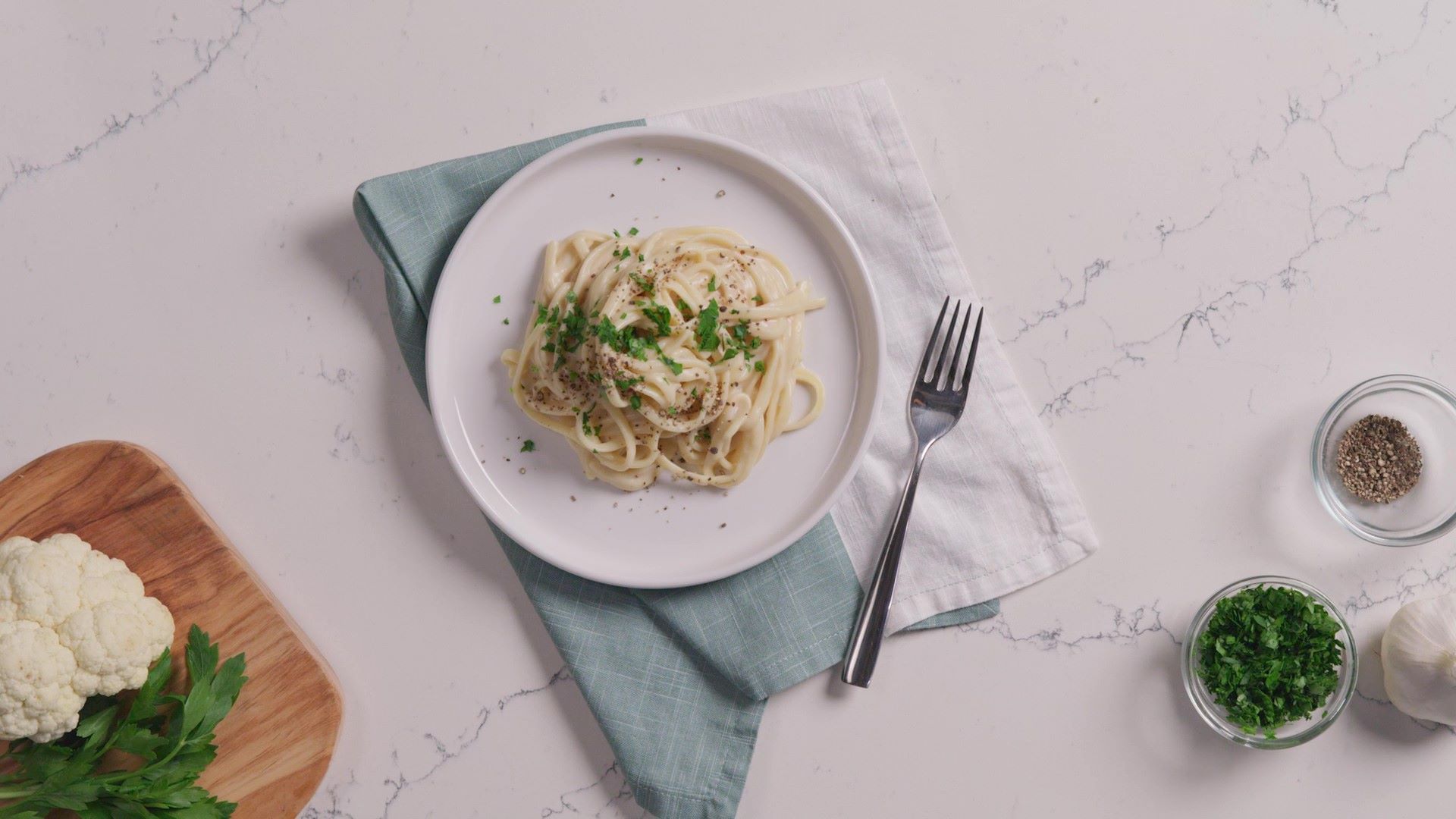Miso cauliflower "Alfredo" pasta
| Olive Oil | 2 Tbsp. |
| Garlic, minced | 2 tsp |
| Onion, minced | 2 tbsp. |
| Cauliflower, cut into about 1” pieces | 3 cups |
| White or Brown Miso Paste | 4 Tbsp |
| Rice Flour | 1/4 cup |
| Water or rice milk | 3 cups |
| Salt | to taste |
| Linguini, cooked | 1 lb |
| Ground Black Pepper | 1 tsp. |
| Parsley, minced | 2 Tbsp. |
A typical alfredo sauce is made with cream, yolk, and Parmesan cheese, and in this recipe, miso is used as a key ingredient in an alfredo sauce made with cauliflower and flavored with herbs to make this pasta sauce.
How to make it
-
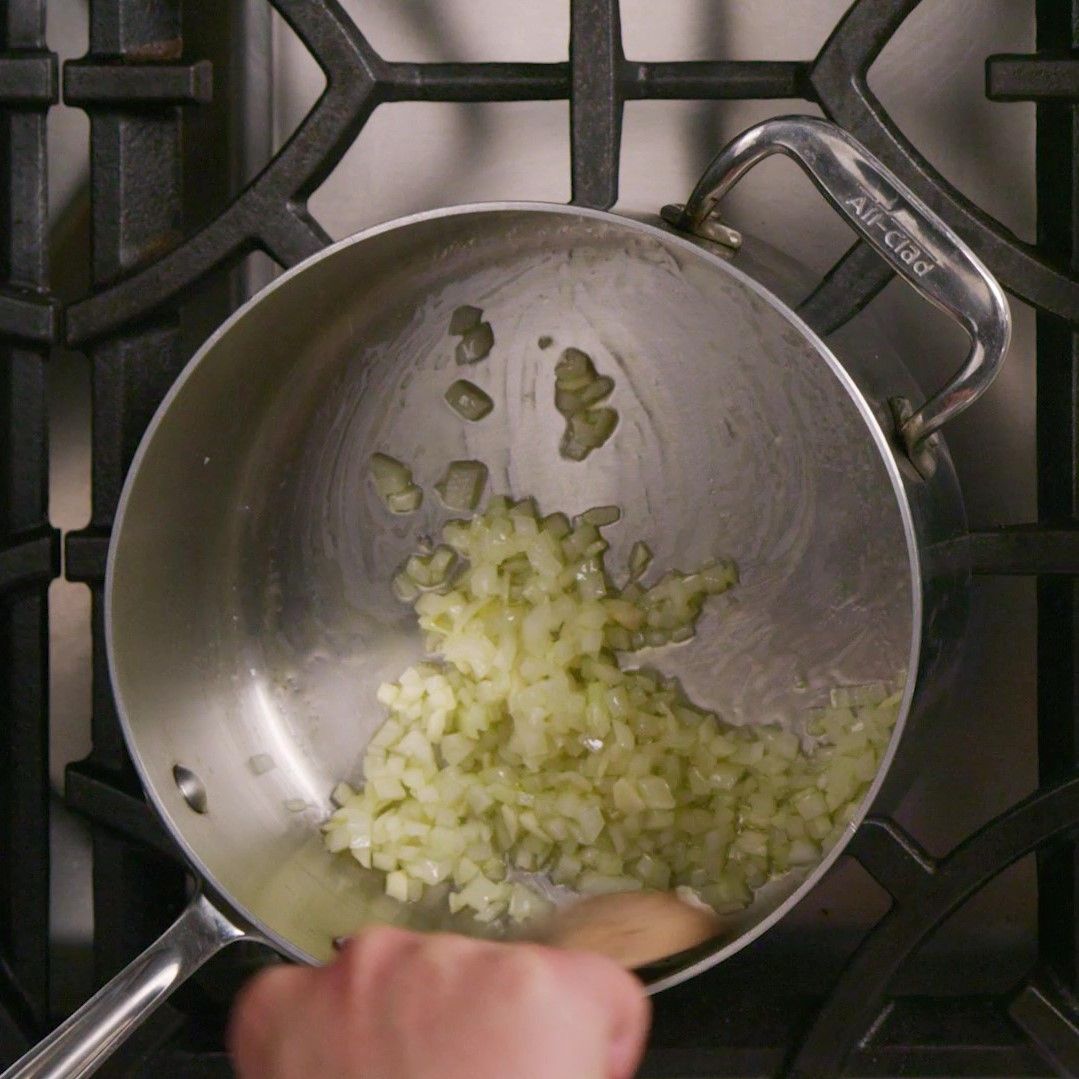
For the “alfredo” sauce: Heat olive oil in a medium sized pot, and add garlic and onion. Sweat until aromatic.
-
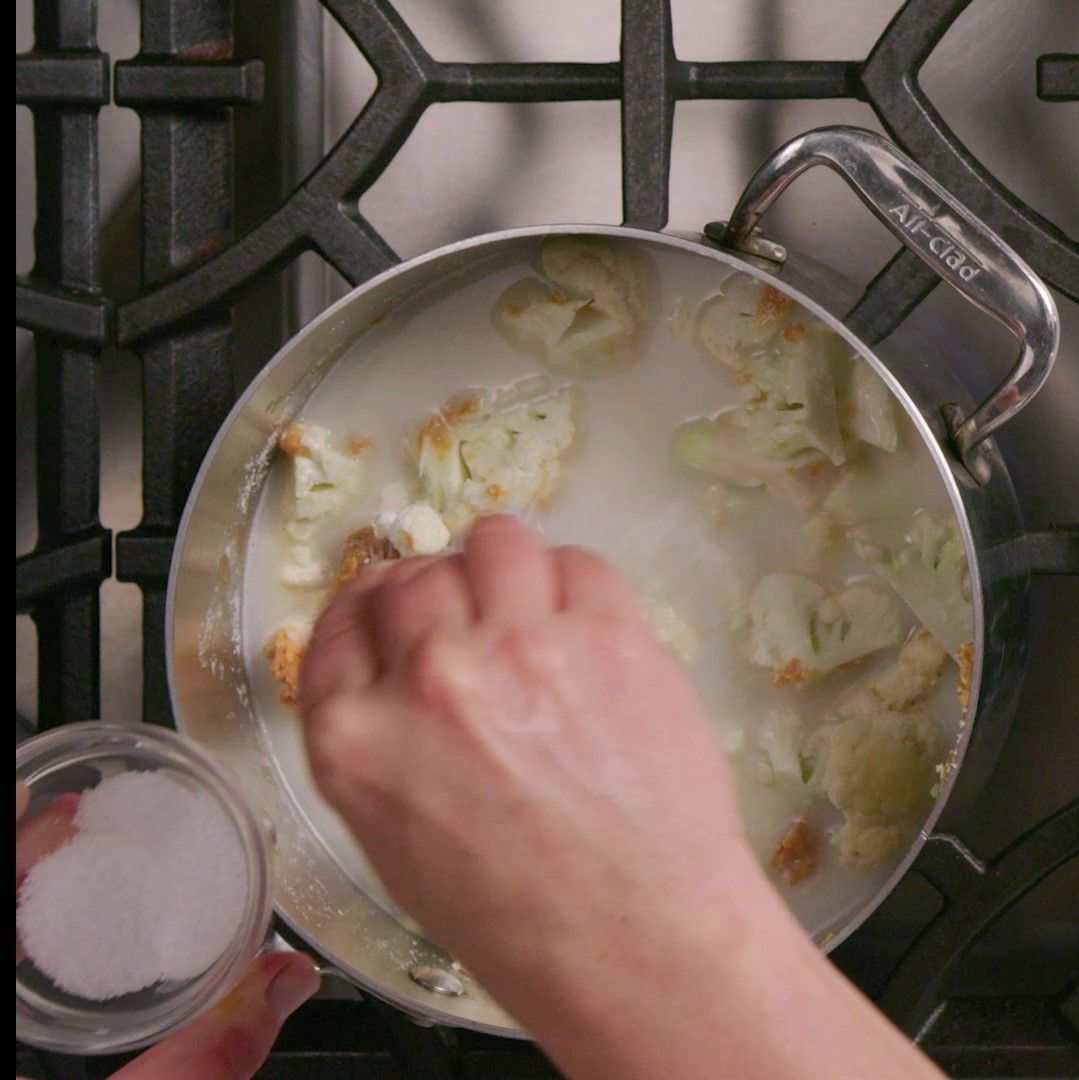
Add the cauliflower, miso paste, rice flour, rice milk, and salt, and bring to a boil. Rice milk can be replaced with water if unavailable.
-
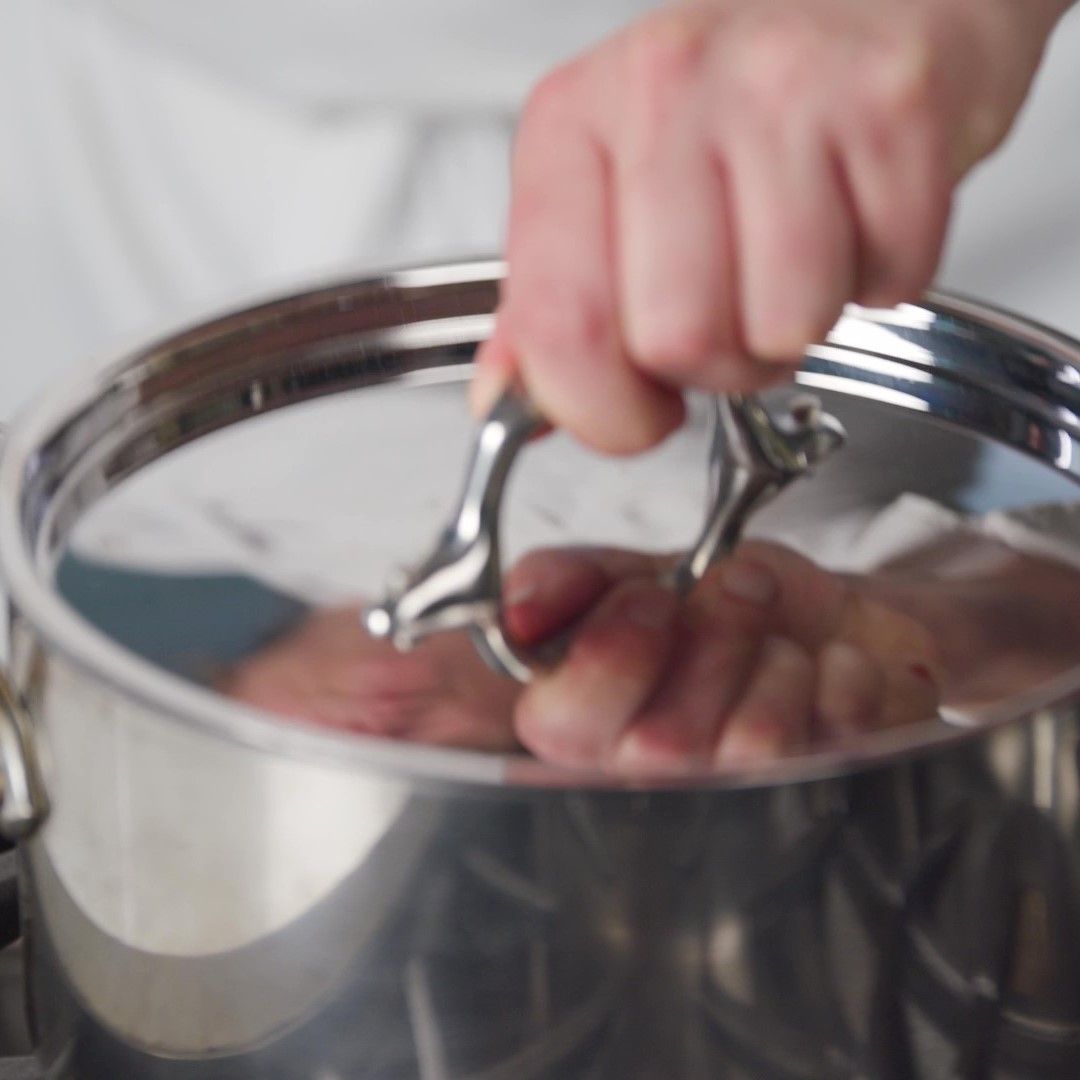
Cover, and simmer on low, stirring occasionally for 10-15 minutes or until the cauliflower is very tender.
-
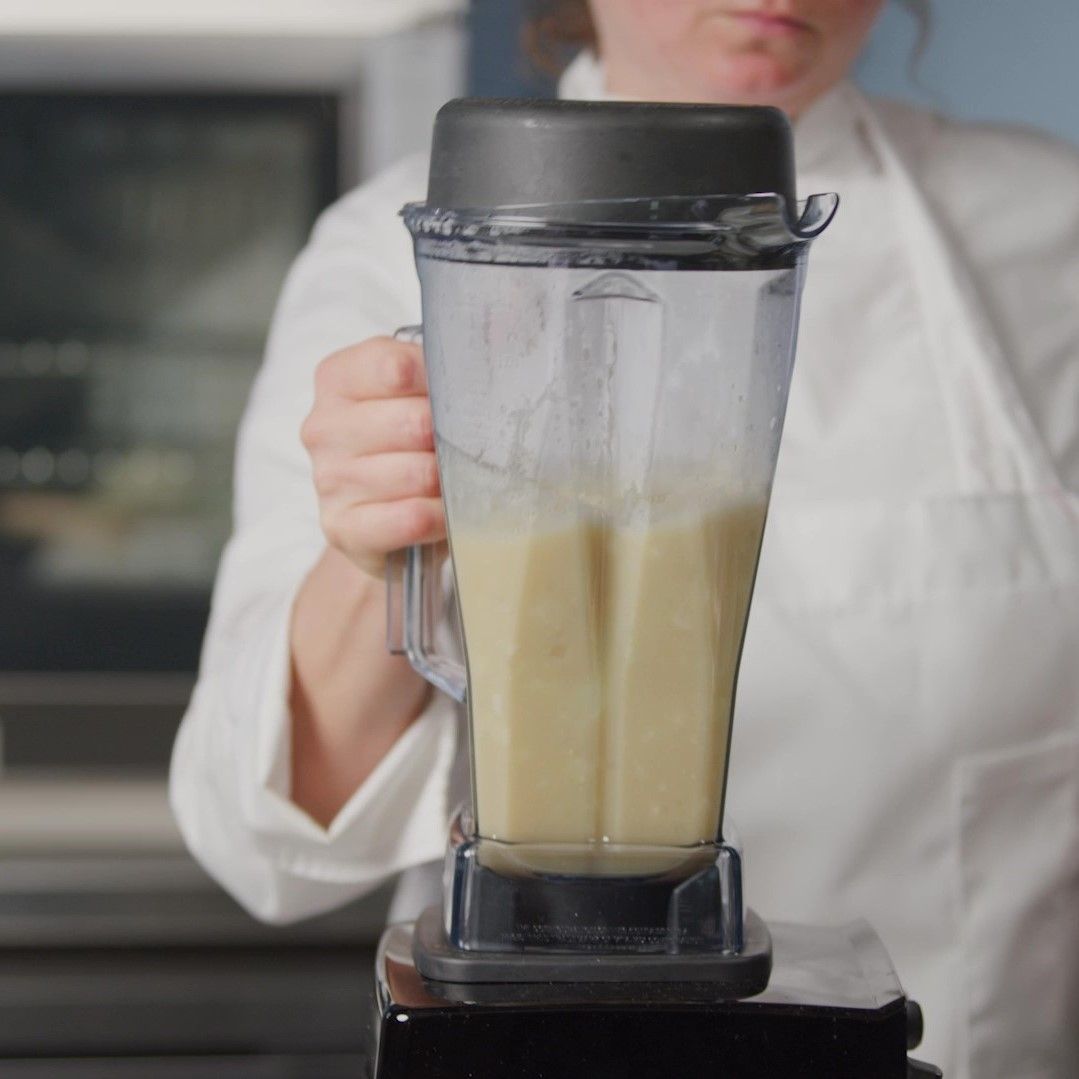
Place all ingredients from the pot into a blender and blend on high until very smooth.
-
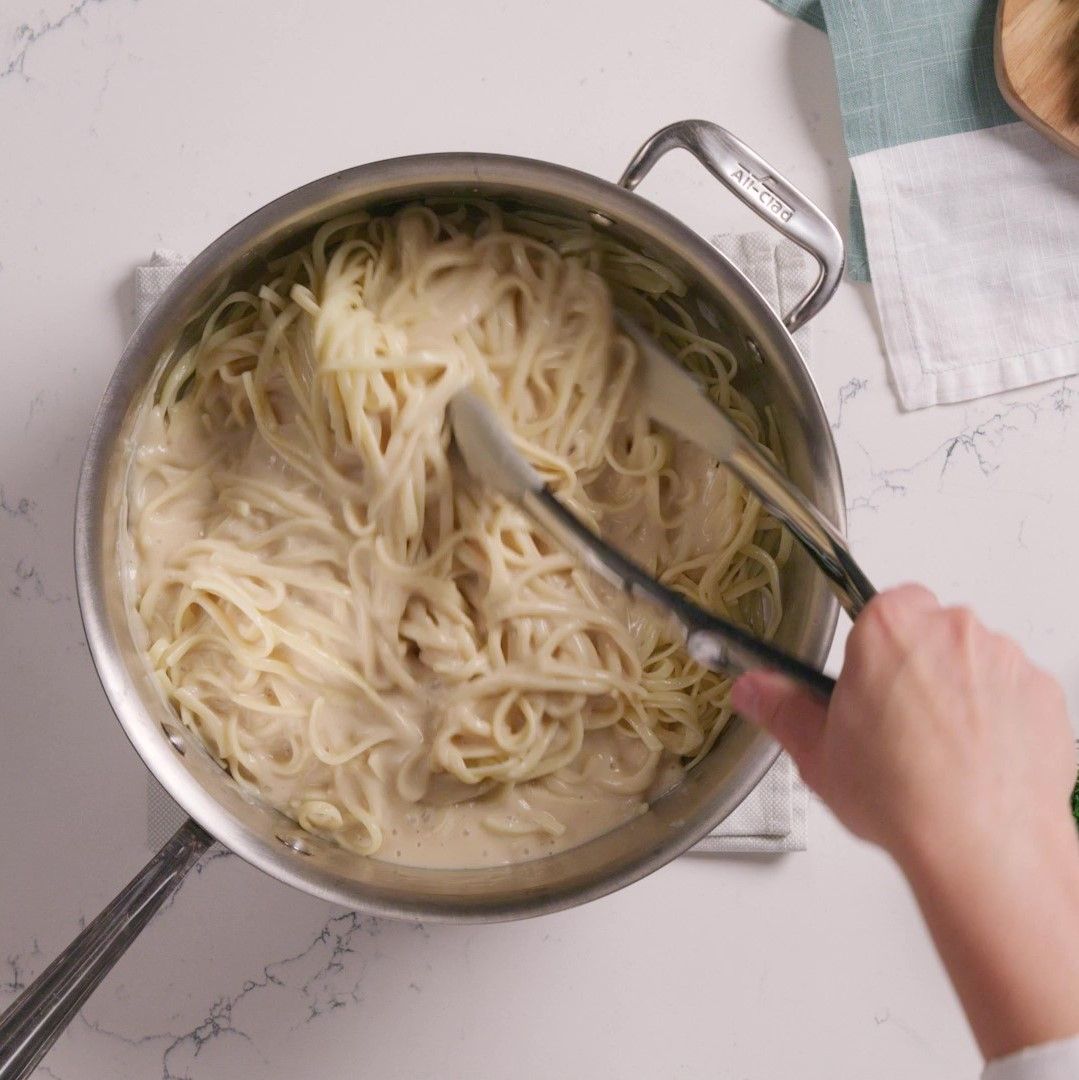
Place pasta in a saucepan with the “alfredo” sauce and heat together.
-
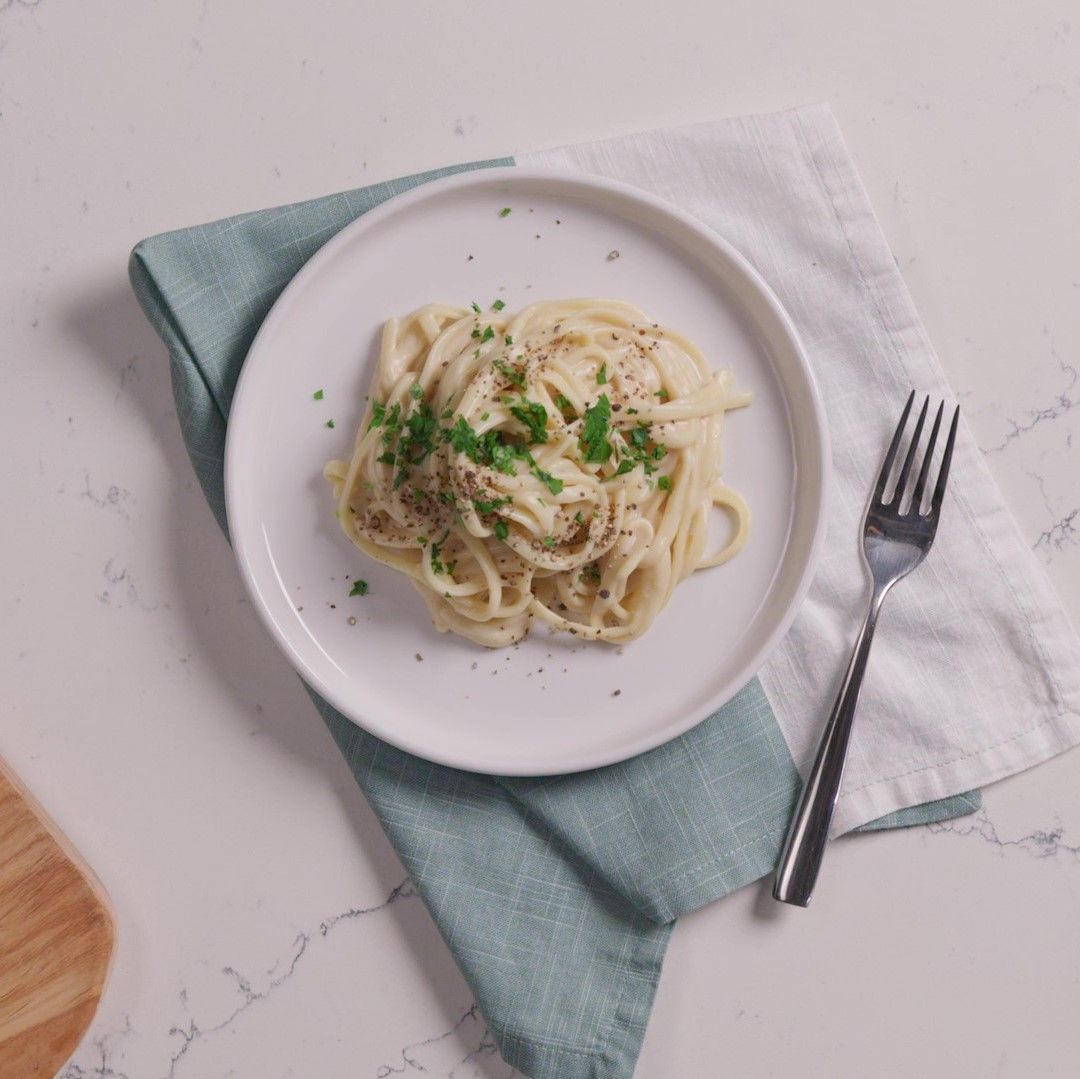
Served garnished with black pepper and parsley.

https://www.ciachef.edu/
Founded in 1946, The Culinary Institute of America is the world’s premier culinary college. Dedicated to developing leaders in foodservice and hospitality, the independent, not-for-profit CIA offers master’s, bachelor’s, and associate degrees with majors in culinary arts, baking and pastry arts, food business management, hospitality management, culinary science, and applied food studies. The college also offers executive education, certificate programs, and courses for professionals and enthusiasts. Its conferences, leadership initiatives, and consulting services have made the CIA the think tank of the food industry and its worldwide network of more than 50,000 alumni includes innovators in every area of the food world. The CIA has locations in New York, California, Texas, and Singapore.
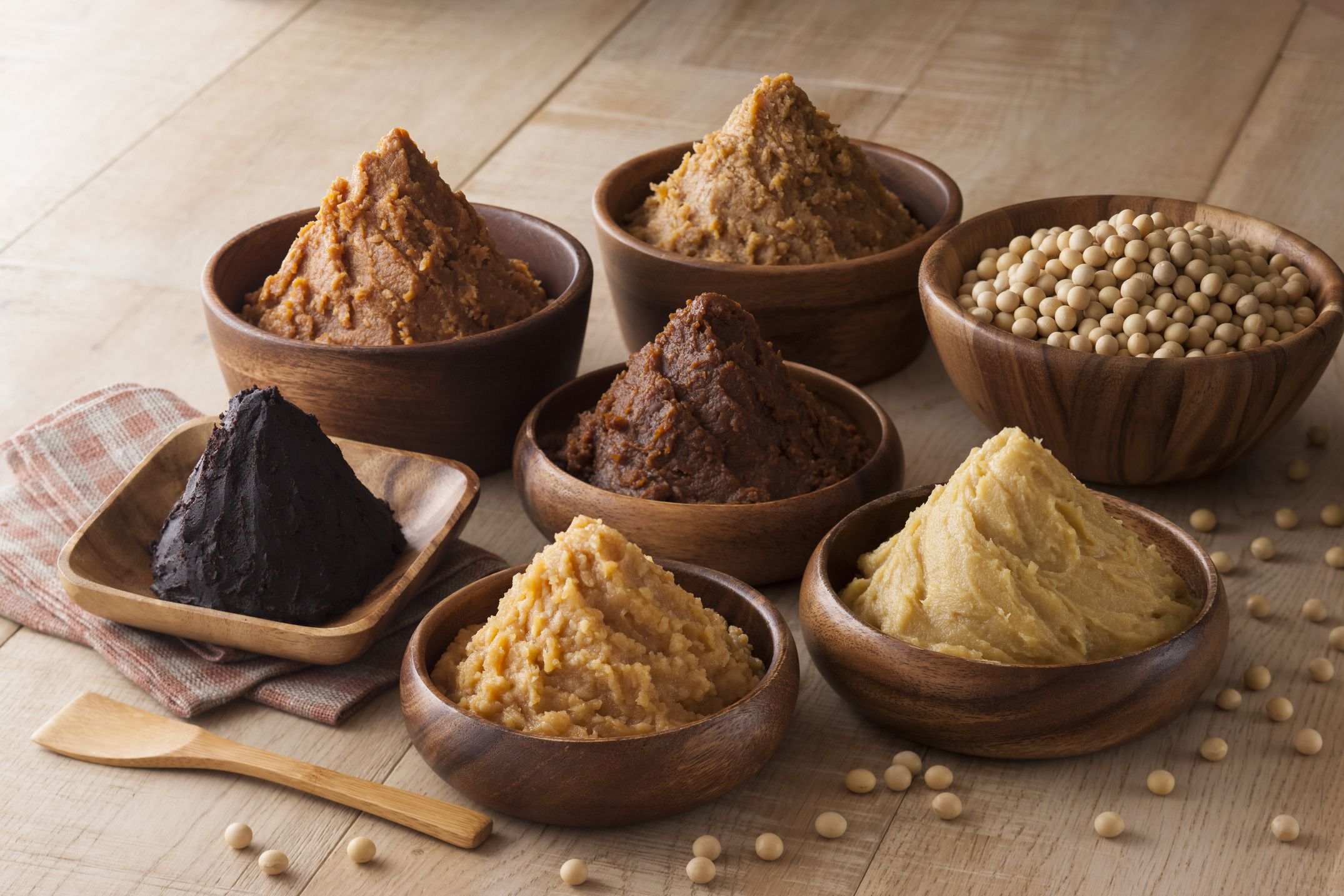
With soybean as the main ingredient, miso is made by combining soybeans with salt and rice malt, and come in various types depending on variables, such as weather conditions, regional climate, blend of raw materials, and production method. It is also gaining attention worldwide as a traditional fermented food of Japan.

